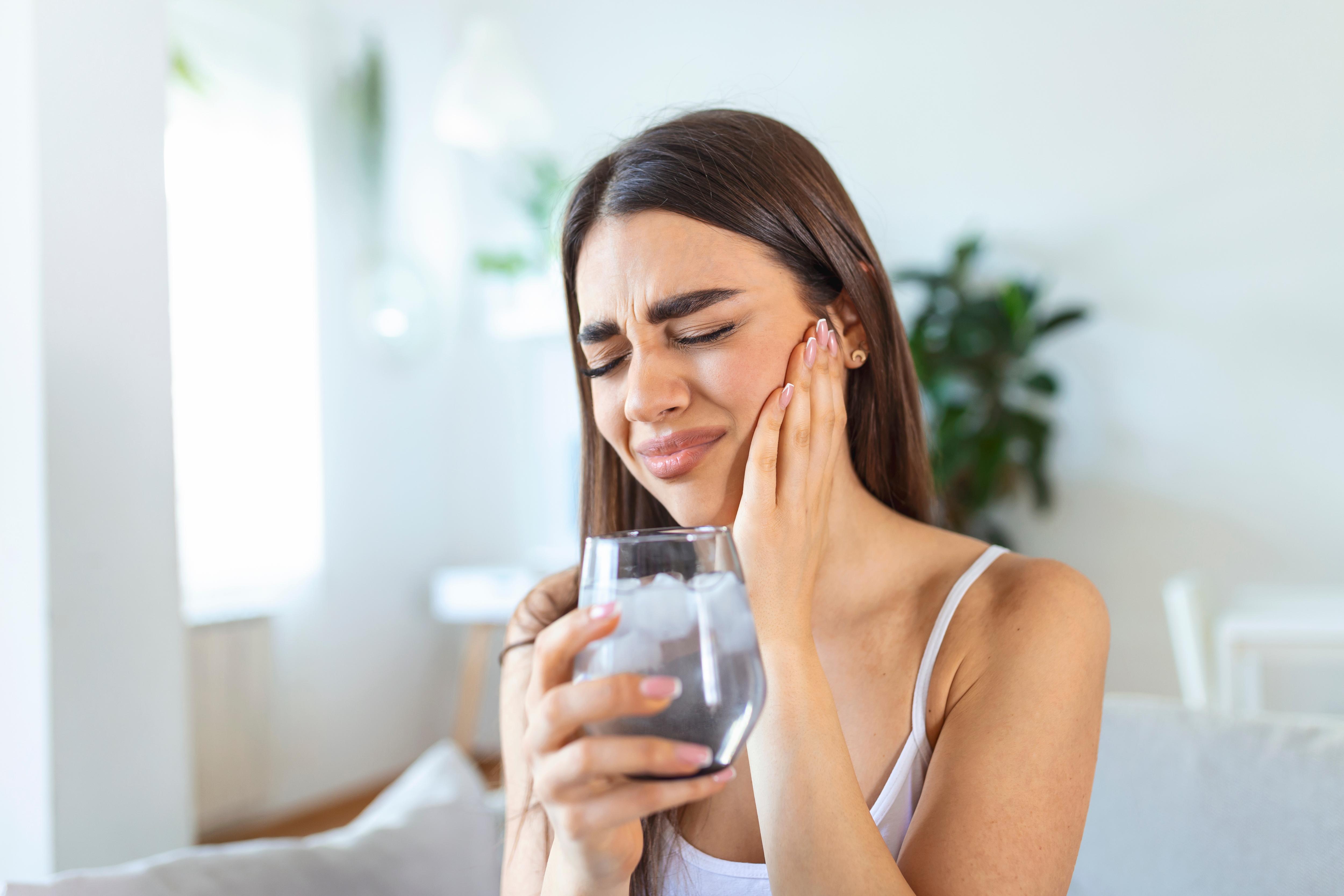Simple Experiments to Get Your Children Excited About Brushing
Are your children getting to that age where they are too old for you to be brushing their teeth anymore but they are slightly too young to understand the importance of doing so?
Getting your children on-board to a good oral care routine can be a real challenge. It can have you even dreading that time of day you know will either end in tears or a tantrum, and that’s not to mention what your kid will be like.
As you can probably attest to, kids love to ask the question “why?” but usually when they have gotten a good enough answer they are quick to accept it and move on.
Kids also love to get messy and that’s why hands-on learning helps children to experience the “why” for themselves. In other words, they get to see first hand the cause and effect of what you want them to do.
So in this blog, we are calling all parents to the lab and waking up that young scientist in you. Your children will love seeing first hand why their teeth need to be looked after. It may even gross them out so much that they will be begging to brush their teeth after every meal.
Grab Your Lab Coats and Science Goggles, Its Time To Get Messy…
We have gathered 3 fun and easy science experiments you can do at home with your kids. You may even learn a thing or two yourselves.
Let the experiments begin!
Experiment # 1 Stain Removal
Purpose: To show how dark-colored liquids can stain your teeth and how much firmness with the toothbrush is needed to remove stains
What you’ll need: A glass jar, coke (or any dark soda), eggs (the whiter the better), toothbrush, and toothpaste.
How to:
Step 1: Place an egg inside the glass jar, pour coke over it until the egg is covered. Leave to sit overnight.
Step 2: Remove egg from liquid and pat dry. Notice the stain now on the egg.
Step 3: Use a small amount of toothpaste on the toothbrush and brush clean half of the stained egg.
Conclusion: By brushing only half the egg you can easily compare the difference in color to the rest of the egg, noting how dark liquids stain teeth. Note also how an even amount of pressure is needed to remove the stain, more pressure is required for the more stubborn areas. Therefore brushing after each meal will remove potential stains and keep teeth white and bright.
Experiment # 2 Cause and Effects of Cavities
Purpose: To teach your children how dental cavities are formed and how they affect their teeth.
What you’ll need: A glass jar, coke (or any dark soda), eggs.
How to:
Step 1: Place an egg inside the glass jar, pour coke over it until covered. Leave to sit overnight.
Step 2: In the morning take the egg out and show your child the discoloration of the egg and point out the lines and dark patches now on the shell.
Step 3: Put the egg back into the liquid for another night. On day 2, show your child how the egg is starting to crack. By gently rubbing it with your finger you can show how a thin film of dirt is forming on the shell much like when we eat and don’t brush our teeth. Have your child gently squeeze the egg to see how it now is quite soft or has a give that it didn’t have at the beginning.
Conclusion: When we consume sugary drinks and food cavities can form on our teeth and weaken our enamel, much like the soda weakening and cracking the shell of the egg. Tooth enamel is needed to keep teeth strong. By consuming less sugar and brushing regularly we can help stop cavities forming.
Experiment # 3 Plaque Attack
Purpose: To be honest this is just a fun and kind of a gross way to show how yeast and sugar work together to create plaque.
What you’ll need: 2 plastic cups (clear), yeast, warm water, sugar, 2 teaspoons
How to:
Step 1: Place 1 tsp of yeast in each cup
Step 2: Next, place 1 cup of warm water in each cup
Step 3: Then, add 1 tbsp of sugar to ONE cup
Step 4: Stir each cup using separate teaspoons. Observe how both cups turn murky but the cup with the yeast and sugar explodes into thick foam.
Conclusion: By observing how the cup that was combined with both sugar and yeast exploded into a foaming mess demonstrates how when we eat food or liquid that contains a lot of yeast and sugar we create plaque much like the foam created in the experiment. This “foaming mess” will sit on our teeth if we don’t clean it away.
Using these fun and simple experiments is an effective way to teach your children the value of taking care of their oral health. Once they see for themselves the benefits of doing so they will certainly be more inclined to brush their teeth minus the tears and tantrums.

